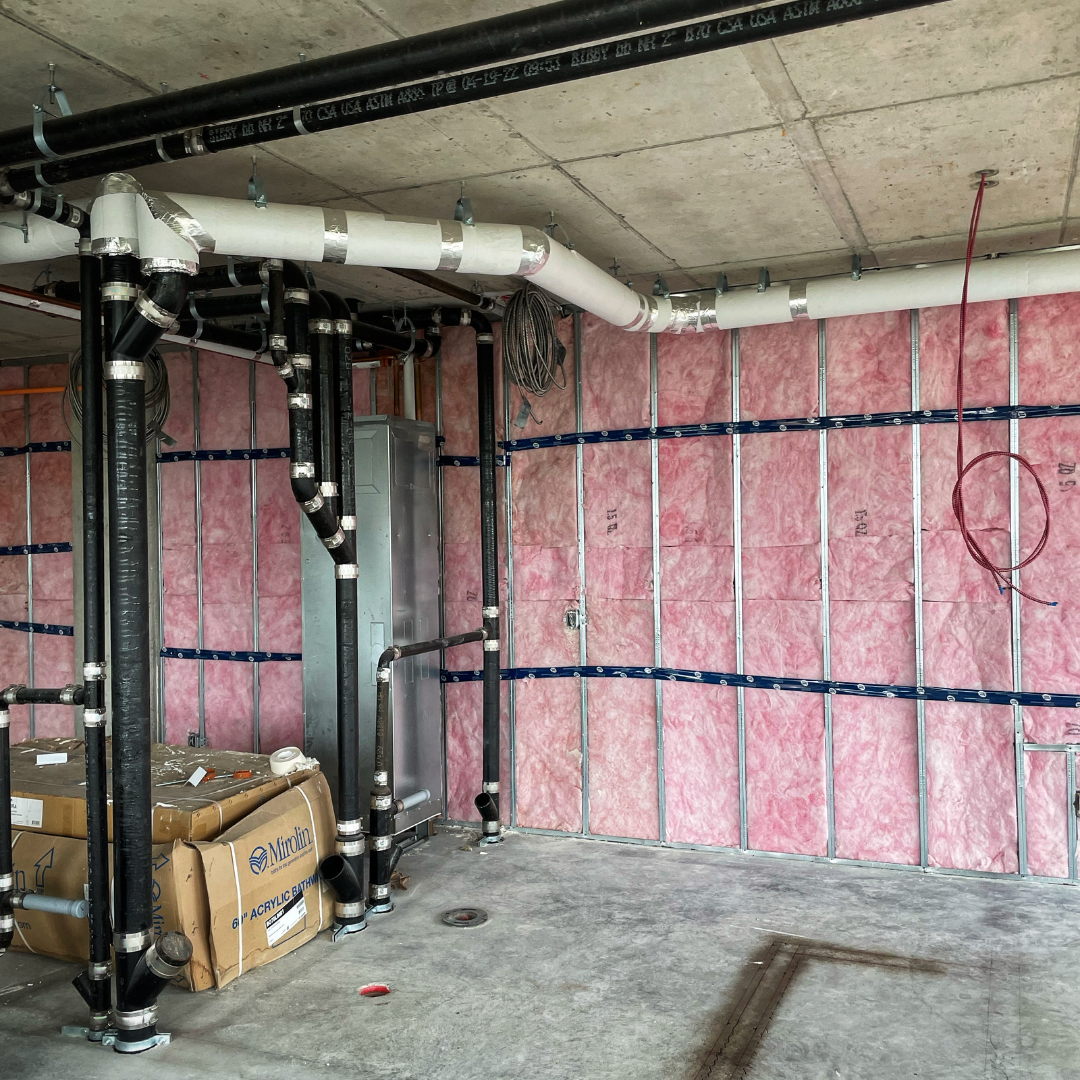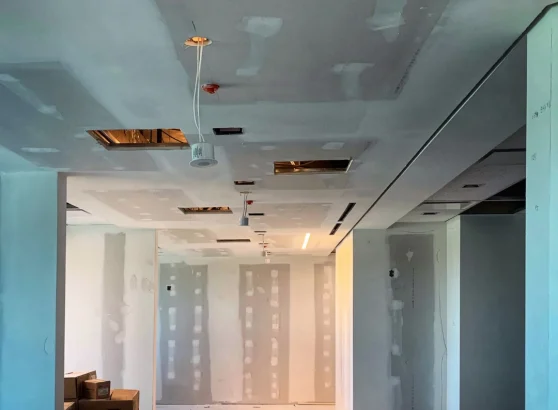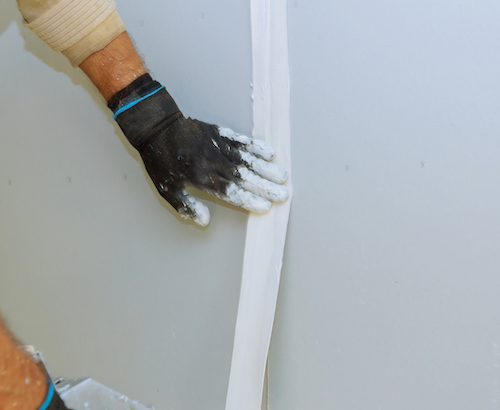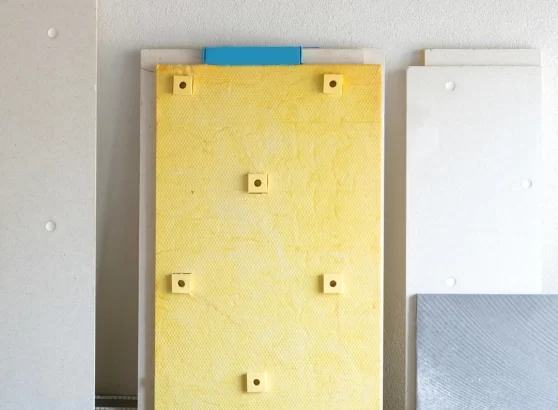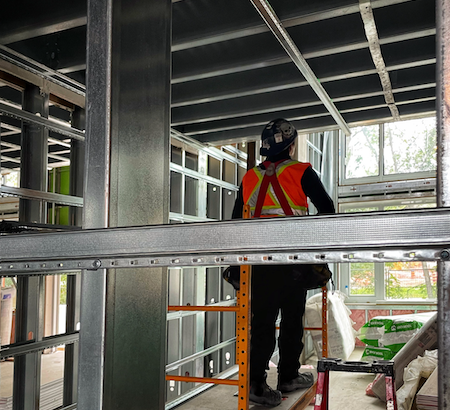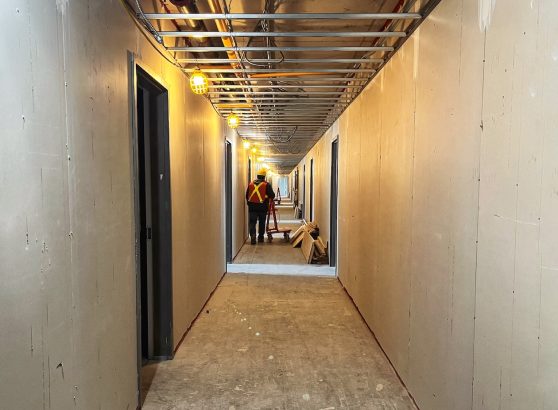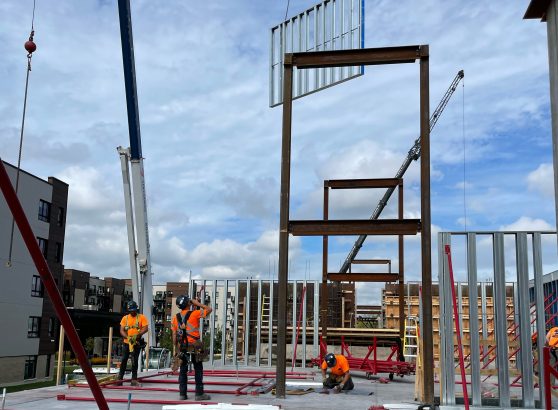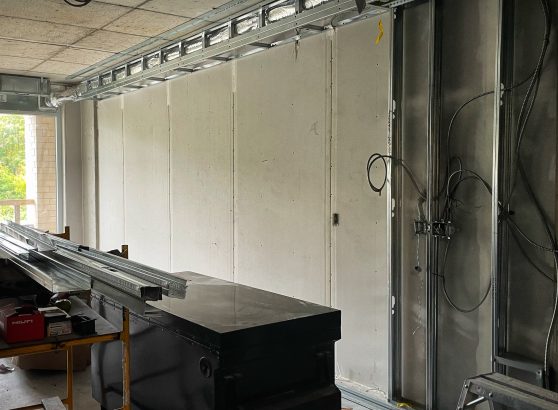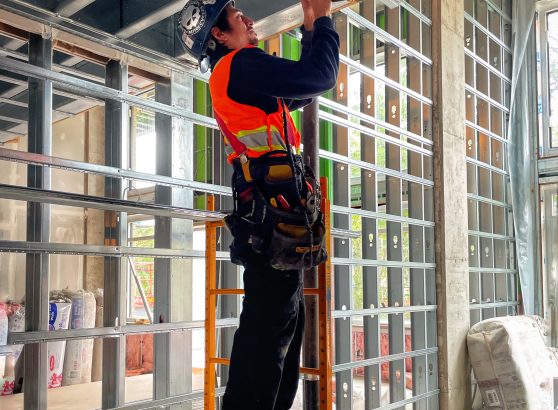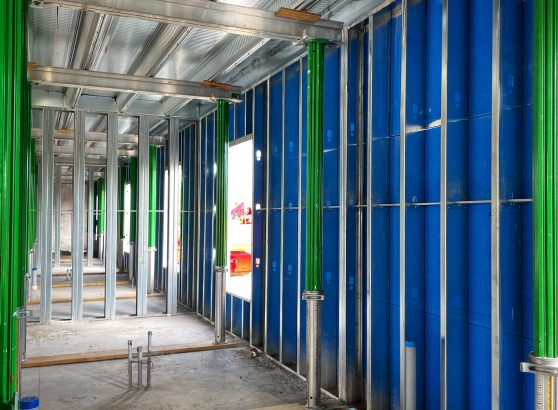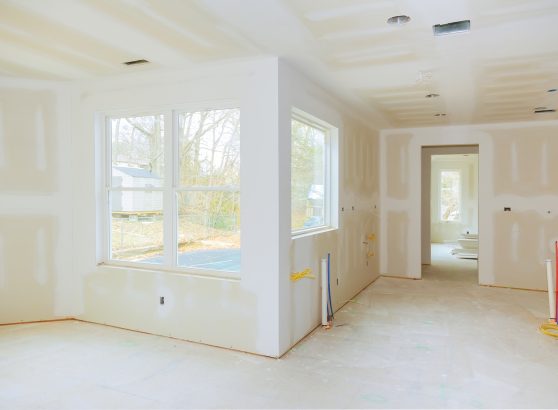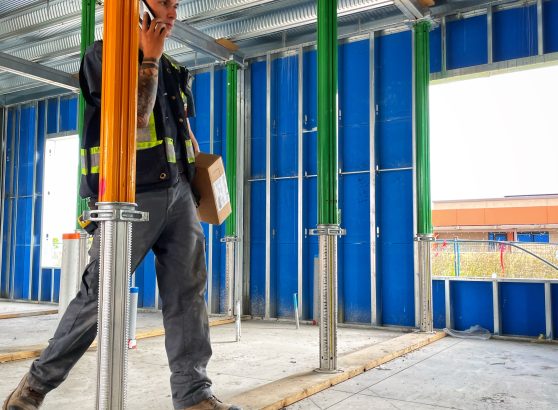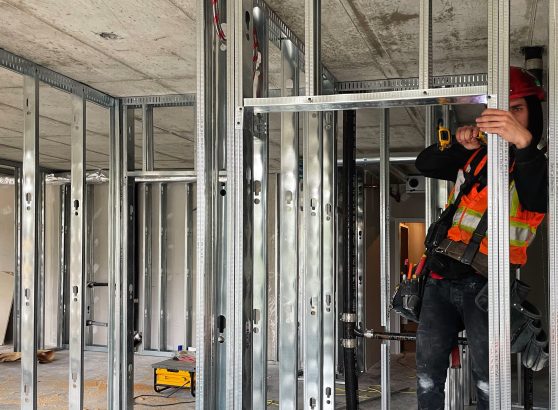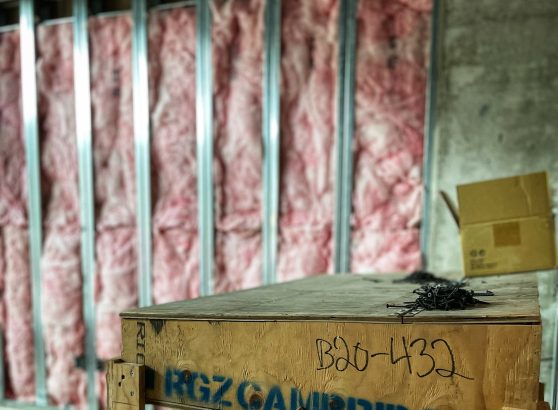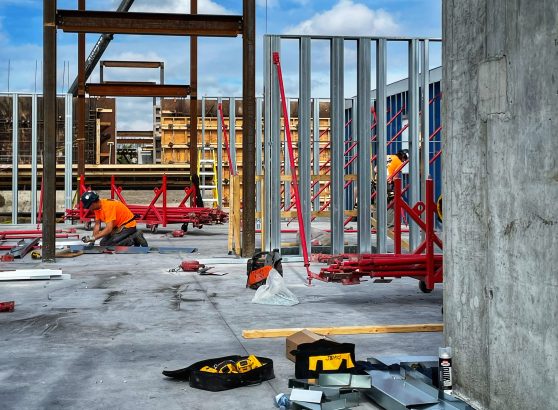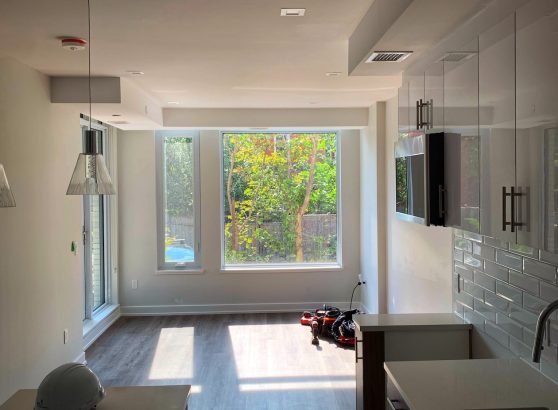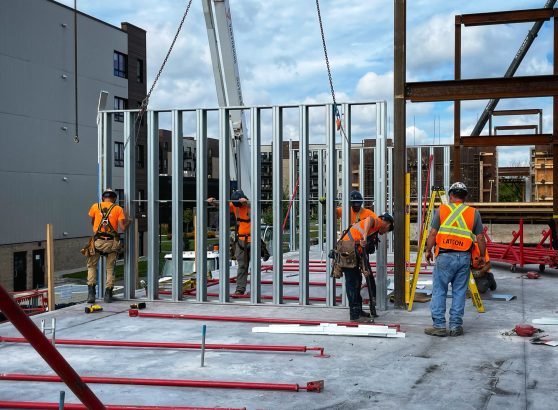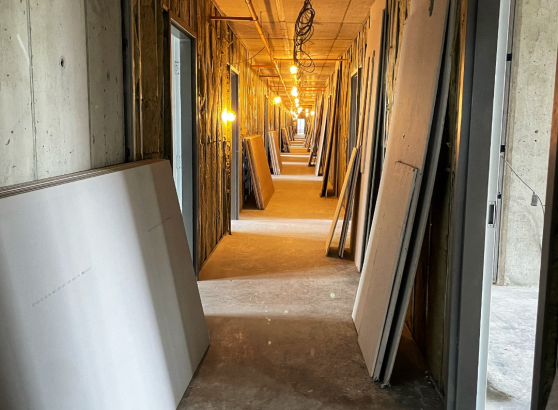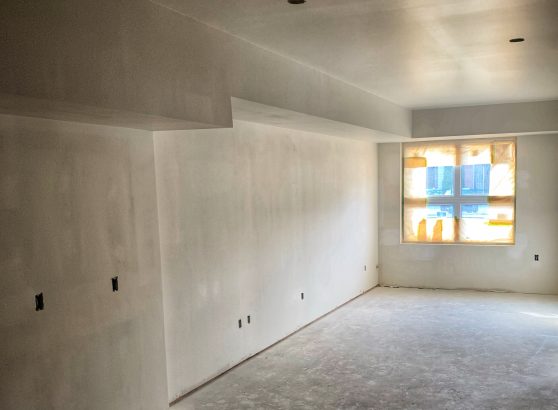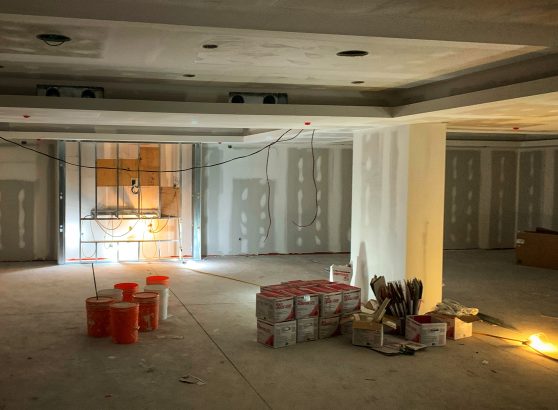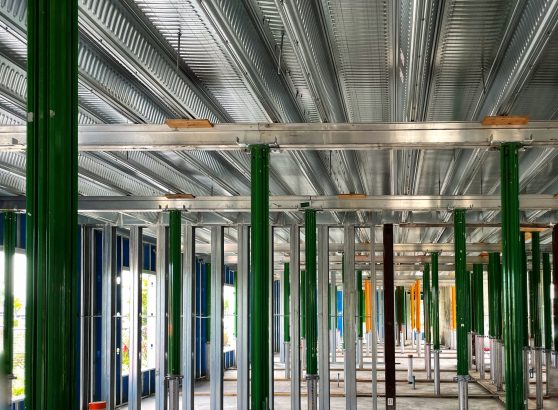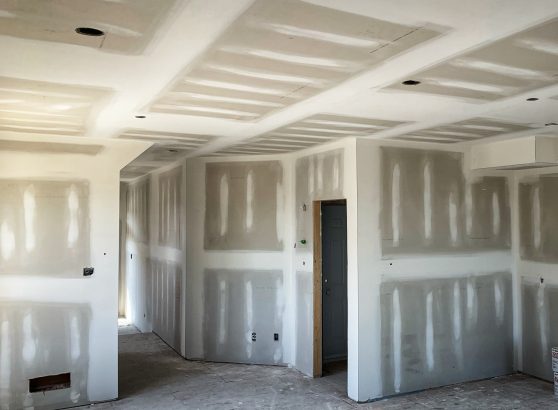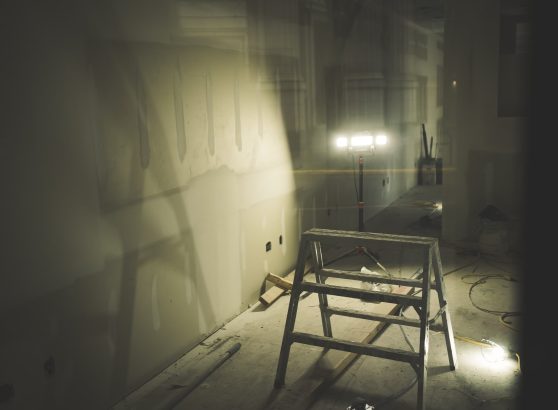Steel stud framing has become an increasingly popular choice for construction projects due to its strength, durability, and cost-effectiveness. It is a method of building where steel studs, which are thin, lightweight sheets of steel, are used to frame walls, ceilings, and floors. These steel studs are stronger and more durable than traditional wood framing, making them perfect for supporting heavy loads and withstand more wear and tear. Furthermore, they are also more fire resistant, providing better protection for electrical and plumbing systems. In this blog post, we will discuss some tips and techniques for successfully installing electrical and plumbing systems in steel stud framing and why it’s becoming increasingly popular among builders and contractors.
Stronger and more durable:
Steel studs are much stronger and more durable than wood studs. This means that they can support heavier loads and withstand more wear and tear. This is especially important when it comes to electrical and plumbing systems, which often require heavy equipment and pipes.
More fire-resistant:
Steel studs are also more fire-resistant than wood studs. This means that in the event of a fire, steel stud framing will provide better protection for electrical and plumbing systems.
Easier to drill into:
Unlike wood studs, steel studs are easier to drill into. This makes it easier to run electrical wires and plumbing pipes through the walls, floors, and ceilings.
Cost-effective:
Steel stud framing is generally more cost-effective than traditional wood framing. This is especially true when it comes to large commercial projects, where steel stud framing can save both time and money.
Lighter and more flexible:
Steel framing is lighter in weight than wood framing, which makes it easier to handle and install, particularly in multi-storey buildings. This flexibility also allows for more design freedom.
Installing plumbing systems in steel stud framing is similar to installing electrical systems. The main difference is that plumbing systems require more space and may be more difficult to route through the walls, floors, and ceilings.
One of the key considerations when installing plumbing systems in steel stud framing is ensuring that there is enough space for the pipes to run. This may require using larger studs or drilling holes through the steel studs to accommodate the pipes.
It’s also important to use the correct type of fittings and hangers when installing plumbing systems in steel stud framing. Steel studs are not as forgiving as wood studs and require more precise installation techniques.
Conclusion
Installing electrical and plumbing systems in steel stud framing can present some unique challenges. However, by understanding the basics of steel stud framing and being aware of the advantages it offers, builders and contractors can successfully install these systems and ensure that they are safe and functional. With the increasing popularity of steel stud framing, it is becoming the right choice for installing electrical and plumbing systems.
Contact RGZ Cambridge today for all your steel stud framing needs: We are industry leaders in Commercial and Residential projects. Call us today: 613-695-5544 or reach us via this page.


